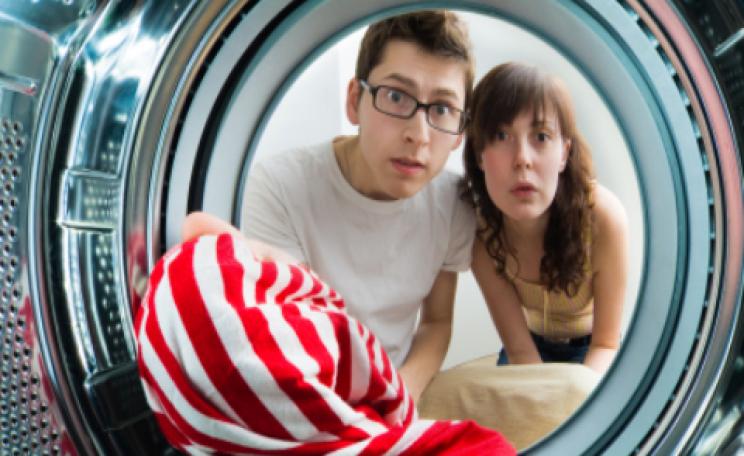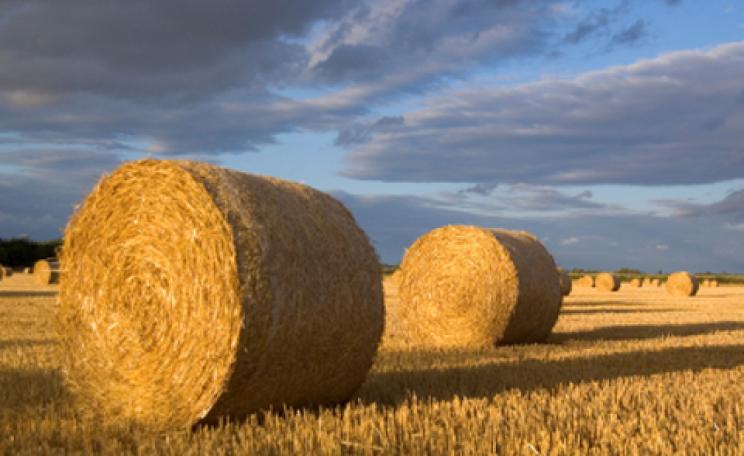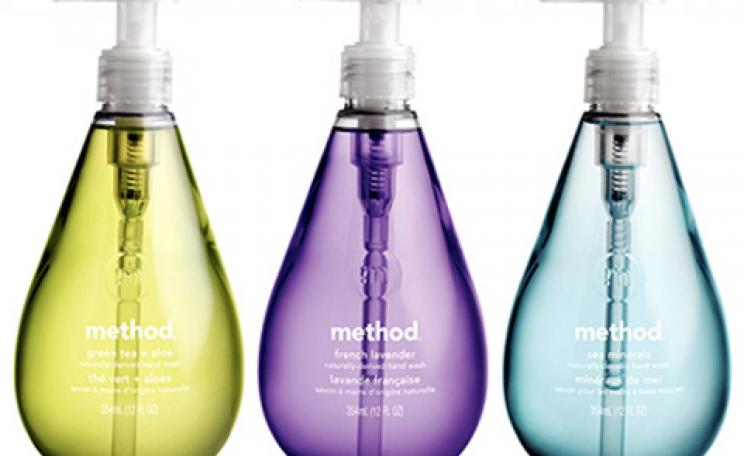How can we distinguish a green wash from greenwash? Especially when not everyone in the eco arena agrees...
‘If you’re looking for the greenest wash on the planet, the most significant issue is the temperature of the wash,’ says green guru Julia Hailes in her book The New Green Consumer Guide. Of ‘green’ detergent brands such as Ecover, Faith In Nature and Bio D, she says: ‘many claim to be better at breaking down in sewerage systems – essentially enhancing biodegradability’. Hailes is not convinced this claim is as significant as the manufacturers make it appear, however: ‘If you ask water authorities today, they’re no longer greatly concerned about detergent waste – they get a far bigger headache from water running off farmland contaminated by fertilisers and animal waste’.
She recommends buying biological detergents (which contain enzymes ‘pivotal to effective cleaning at low temperatures’) in the most concentrated form you can find (smaller doses cut down on packaging and transport). The implication is that it’s okay to use conventional detergent after all – but is this really the case?
It’s true that turning the temperature dial down does make a big difference – up to 90 per cent of the energy used when washing clothes goes on heating the water. In this sense, Ariel’s ‘Turn to 30°C’ campaign, run in partnership with the Energy Saving Trust, is spreading an important message. Ariel are not alone. Many other big brands have also added energy saving instructions onto their packaging.
But cleverly aligning a brand with a green message does not alone make for an ecologically friendly product. The problem with focusing on temperature is that it obscures the issue of the ingredients. Conventional powders, tablets, liquids and liquid powders are laden with chemicals – all which impact on our water system.
‘Chemicals found in conventional washing powders can cause irreversible damage to our water system when they disappear down the plughole,’ says Ecover CEO Michael Bremans. ‘They create an unnecessary burden as more water is required to neutralise their impact, and by polluting our water supply.’
This burden can be understood in terms of ‘critical dilution volumes’, which measure how much water it takes to neutralise each dose of a product. For instance, it takes 10,000 to 12,000 litres of water to treat every wash using non-ecological washing powder until it is safe to re-enter our water system. Ecover biological washing powder can take less than 4,000 litres for every wash. ‘If 5 per cent of UK families switched from a conventional product to Ecover, more than half a million swimming pools’ worth of water would be safeguarded against pollution in a year,’ says Bremans.
In this way, washing with an ‘eco’ product can significantly reduce the environmental impact.
Even better, at least some of them work well at 30°C or 40°C.
When shopping for an ‘eco’ detergent there are various things to look for:
• Choose products based on plant and mineral ingredients that biodegrade completely.
Most laundry detergents contain surfactants (which reduce the surface tension of the water, allowing more effi cient cleaning). The plant-based surfactants often used in green brands break down in a matter of hours or days. For instance, Bio D say that all their products will have 100% biodegraded within seven days. Commercial laundry detergents contain petroleum-based surfactants, which can take longer to biodegrade and might not do so completely.
• Avoid optical brighteners
Added to detergents, these are chemicals that reflect light, making clothes look brighter than they are. Optical brighteners are made with stilbenes, which can cause allergic reactions when in contact with skin and exposed to sunlight. Stilbene derivatives are suspected endocrine disruptors. Stilbenes are also toxic to fish. Most eco detergents are free of optical brighteners. They won’t make your whites ‘whiter than white’ but at least you can wash with a cleaner conscience.
• Avoid phosphates and phosphonates
Many conventional detergents can contain up to 30 per cent phosphates (sometimes listed as STPP or sodium tripolyphosphate), there to soften the water and help disperse dirt. When flushed into the wastewater stream, they stimulate excessive growth of algae in the rivers, streams and lakes, starving fish and plant life of oxygen (a process known as eutrophication). Around 11 per cent of phosphate entering surface waters in England and Wales are from laundry cleaning products (the main contributors being agriculture and human sewage). The average UK wastewater treatment plant (i.e. without ‘tertiary treatment) is unable to remove phosphates from the water, and the relatively small proportion that do use a chemical-stripping process using ferric salts, which are toxic. The process generates large amounts of phosphate-rich sludge, which tends to end up in landfill.
There have been some developments towards controls in the UK, however (a proposed ban on phosphates in household laundry cleaning products by 2015) and a Defra consultation is in progress to tackle the issue. Sweden, Italy, Germany, Switzerland, Norway, Austria and the Czech Republic have all effectively banned phosphates in household detergents. ‘I think that there is a very fair argument that there should be a ban,’ says David Santillo, senior scientist with the Greenpeace Research Laboratories.
But phosphate substitutes can cause problems too. Santillo says there are concerns about phosphonates, found in some ‘phosphate-free’ detergents, due to their toxicity and resistance to degradation. ‘This just goes to show the importance of ensuring one problem is not replaced with another,’ he says. ‘Importantly, there are alternatives that have far fewer impacts.’ Bio D, for instance, uses zeolites which are effectively mineral in nature and have low or no toxicity.
-----
There may be no such thing as a 'green' wash - even plant and mineral-based formulations require water to neutralise their impact on the water supply as well as energy for the manufacturing process and transport for their raw ingredients.
However, for a greener wash, the issue of ingredients and their impact should be taken as seriously as low temperatures. Who says you can't do both?
Try these:
• Alma Win www.almawin.co.uk
• Bio D www.biodegradable.biz
• Ecover www.ecover.com
• Faith In Nature www.faithinnature.co.uk
• Natural House Organic Soap Flakes (made from organic, plant-derived vegetable oils) www.natural-house.co.uk
Ultra low-impact options (but don’t expect them to shift stains)
• Soapods (soapnut shells) are natural, renewable and by using them you’re helping to preserve tropical forests, and support rural communities. You can add essential oils to the wash for fragrance. www.soapods.com
• Ecozone Ecoballs are plastic balls that unleash ‘ionic cleaning power’. Fragrance free and reusable for up to 1,000 washes www.ecozone.co.uk
This article first appeared in the Ecologist October 2008
For ethical and sustainable suppliers of Home and Garden goods and services check out the Ecologist Green Directory here







